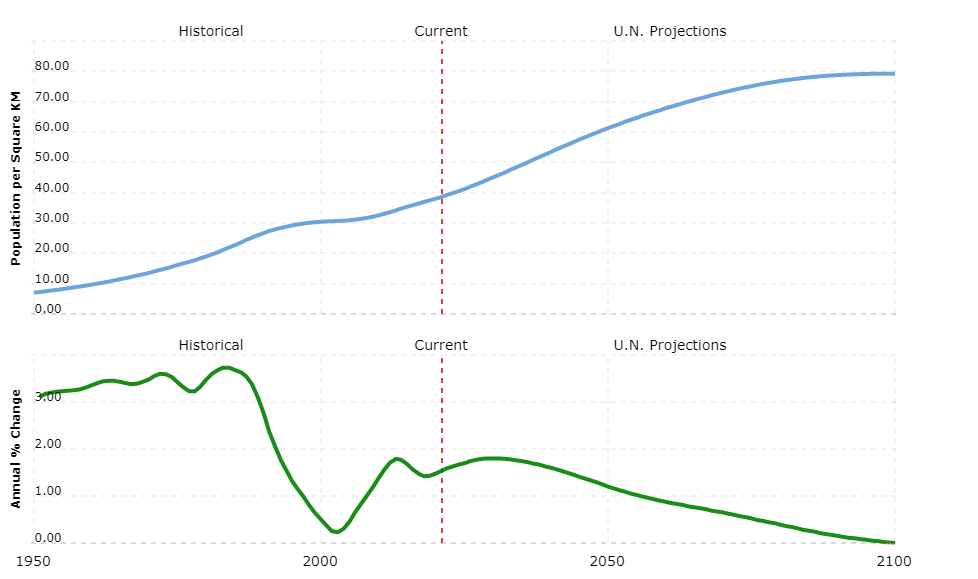Zimbabwe Overview
Republic of Zimbabwe Official language English Capital Harare Form of government republic Area 390.759 km² Residents 12,750,000 Currency US dollars, rand Time zone UTC +2 License plate ZW Internet TLD .zw Telephone area code 00263 (Source: ALLCITYCODES) Geography The Zimbabwe Republic is located in south-east Africa. Its neighbors are Mozambique in the northeast and east,… Read More »
